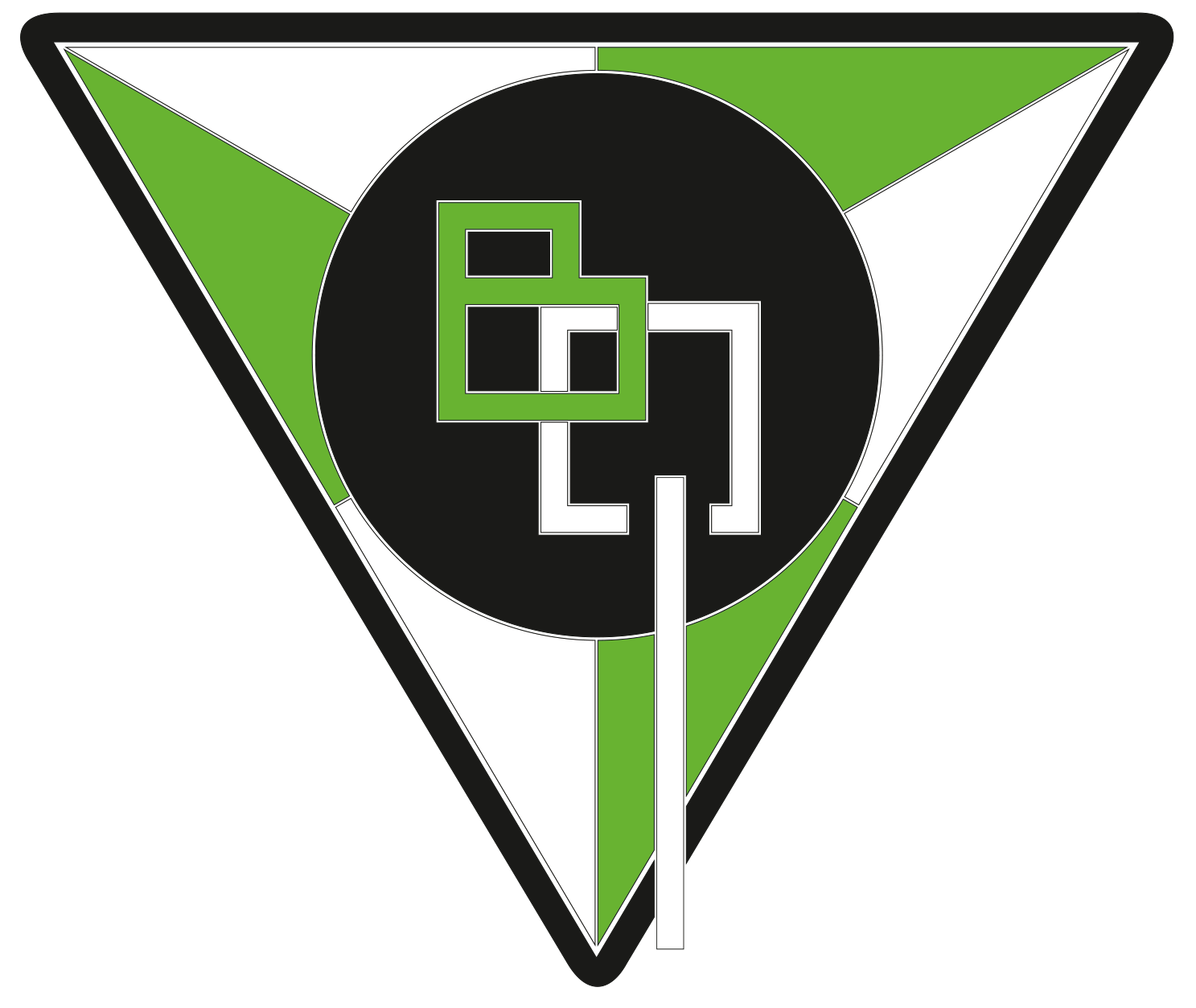RULES OF THE GAME
Rules of Padel
The rules of padel are very similar to those of tennis, for example the ball must be hit over the net and into the opponent's court. However, you serve underhand, whereby the ball must first bounce behind the service line before you serve. A big difference is that you can let the ball hit the wall after the bounce and only then have to hit it back. This is also allowed via the wall and often results in surprising rallies.
Score progression
The scoring in padel is the same as in tennis, namely 15, 30, 40 and game, with deuce at 40-40. At deuce, two consecutive points must be scored to win the game. Padel matches are usually “best-of-three”, or up to two sets won, with a set won by the team that first wins six games with a two-game difference. At 6-6, a tiebreak is played, which goes up to seven points won with a two-point difference. A possible third set can be played as a super tiebreak or match tiebreak (up to ten points with a two-point difference).
Notice
The serve must be underhand, with the ball being hit no higher than waist height. The first serve is hit from the right side. Then the serve is hit alternately from left and right. The ball is allowed to bounce once behind the service line (which borders the 7x5m service court), between the center line and the side wall. The serve must bounce directly into the opponent's diagonal service court without touching the net. The ball may then hit the wall, but not the fence (fault service). The receiver can choose to play the ball back before or after the ball has hit the wall. If the ball hits the net during a first or second serve and then lands in the correct service court, the serve is replayed. If the serve hits the net and lands against the fence or outside the cage without or with one bounce, this is a fault service.
Gameplay
During rallies, the ball may only hit the ground once. A player may choose to bounce the ball or volley it. A volley may not be hit as a return. Once the ball bounces, it must do so without first hitting a wall or fence, otherwise it is a fault. After the ball bounces, it may hit the wall or fence one or more times before returning it. The receiver may return the ball directly into the opponent's court, or he may return the ball via the back or side walls. If the ball hits the fence before it clears the net, it is a fault. If the ball is returned via the court over the wall (4 meters) or fence (3 meters), it is normally a point; unless a player outside the cage returns the ball. Play continues under these rules until the ball bounces twice on the court or a player otherwise violates the rules.
Video check
That's quite a bit of information! So watch the video below, we'll explain it to you calmly and with images!
© KNLTB, 2021


